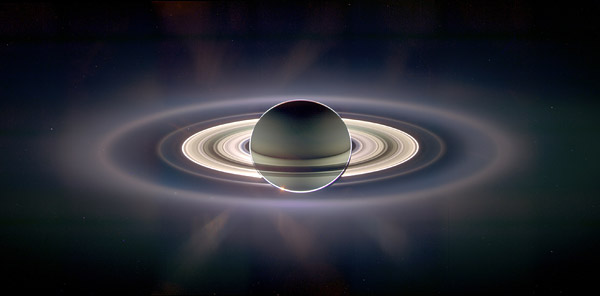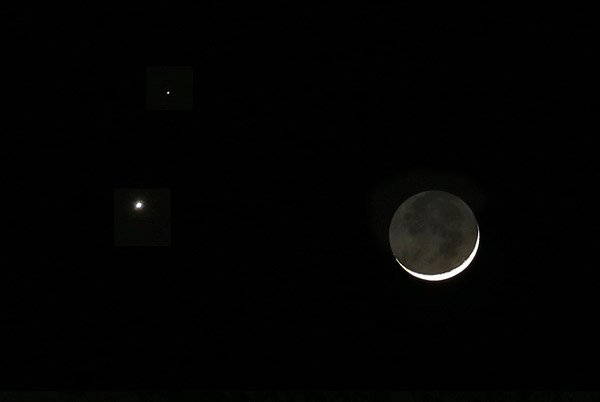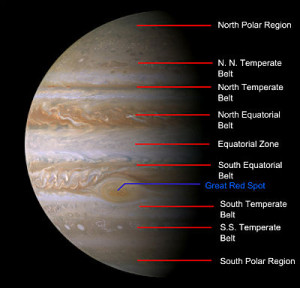
Enhanced image of Saturn eclipsing the Sun taken in 2006 by the robotic Cassini spacecraft. Courtesy NASA/JPL.
There’s something special about seeing Saturn in a telescope. Sure, viewing any of the planets is pretty great – the telescope reveals an object that to our eyes appears to be a star is actually a disc, a whole ‘nother world. It’s enough to get any observer’s heart pumping.
But then there’s Saturn – it’s not just a disc. Currently when viewed at very low powers the rings form much of the visual bulk of the planet, giving it an oval appearance with a hint of dark separation between the planet and its rings. What a surreal viewing experience to see this strange, wonderful object hanging in space.
With Saturn rising shortly after 7:00 PM and setting around 5:00 AM, now is a good time to view the planet, which is a showpiece in even small telescopes. For the best view, try to catch the planet as high in the sky as you can – currently it reaches maximum altitude around midnight. At my 40°N latitude the planet only gets up to ~30° so the atmosphere can make high power viewing difficult but still worthwhile. I was able to take advantage of a recent clear night to view Saturn with both a 60mm refractor and the Celestron FirstScope.

